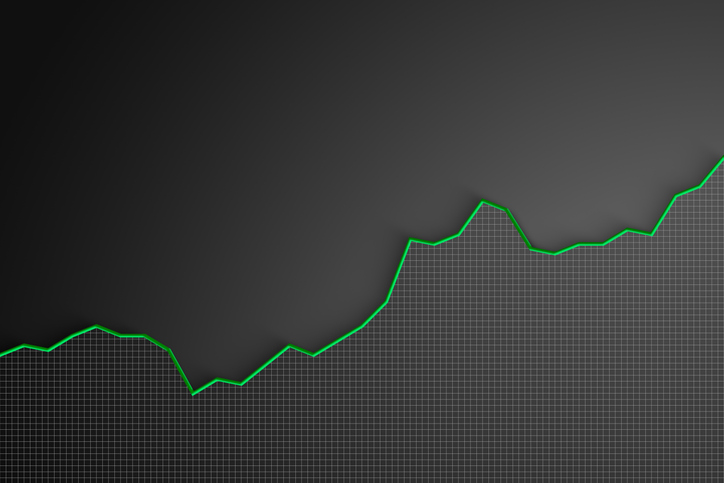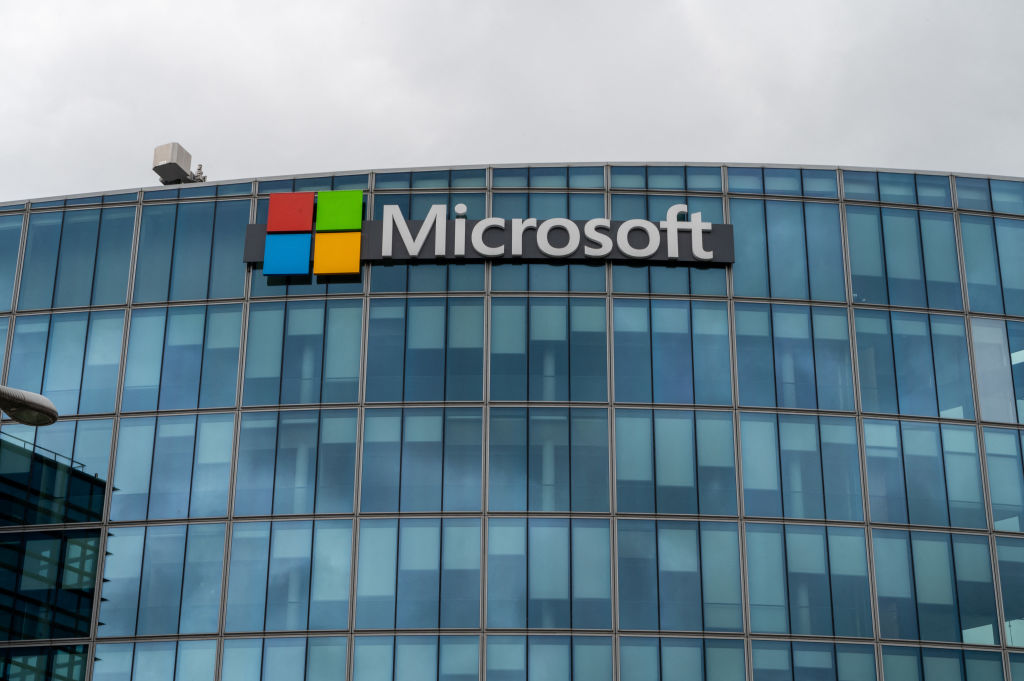Don't Get Burned By Cheap Stocks
Value traps can ensnare even the most adept investing pros. But they don't need to wreck your portfolio.

If you have ever purchased a dirt-cheap stock only to watch it grow cheaper -- and cheaper and cheaper -- you can at least take comfort knowing you're in good company. At one point or another, says Josh Strauss, co-manager of the Appleseed Fund, "all value managers fall into value traps." What he means is that sometimes beaten-up stocks continue to fall or never recover. Any value manager who claims otherwise is lying, says Strauss.
Value traps typically come in two varieties. One is a product of high leverage -- that is, a high level of debt in the company's capital structure. Leverage acts like a magnifying glass on a firm's underlying business, heightening the impact of ups and downs on profits. "Your margin of safety on a highly leveraged company may be smaller than it seems," says Matthew McLennan, co-manager of First Eagle U.S. Value Fund.
The leverage trap ensnared many value managers in early 2008, when beaten-down financial stocks, such as Fannie Mae, Wachovia and Citigroup (symbol C), appeared too cheap to ignore. Because the core business of banks is to take deposits and make loans (or, in Fannie Mae's case, to issue debt and purchase mortgages), high leverage is a fact of life for the industry. But as the value of the loans held by many financial companies continued to deteriorate -- leading to huge losses and crushing the firms' book values (assets minus liabilities) -- the stocks descended into oblivion. Ultimately, shareholders in Fannie and Wachovia were all but wiped out, and Citi owners took a terrible beating.

Sign up for Kiplinger’s Free E-Newsletters
Profit and prosper with the best of expert advice on investing, taxes, retirement, personal finance and more - straight to your e-mail.
Profit and prosper with the best of expert advice - straight to your e-mail.
The other variety of value trap snaps shut when a company's core business heads out of style or into obsolescence, and management reacts too late to prevent a downslide. For example, Eastman Kodak (EK) used to make tidy profits selling film. But the company was slow to embrace technological change as consumers rapidly adopted digital cameras. Despite numerous attempts to restructure and create a niche for itself in the digital age, Kodak's results have lagged. The stock peaked in 1997 at $93; on October 8, it closed at $4. Among those who fell into the Kodak trap is Bill Miller, Legg Mason's renowned value manager. He started buying the stock in 2000 for his mutual funds, and today they are Kodak's largest shareholders.
Where might value traps lurk today? Shares of Microsoft (MSFT), which have returned zip over the past decade, are flirting with value-trap status. However, as Strauss points out, the stock's price-earnings ratio has descended over the period from astronomical heights (as the share price dropped) while Microsoft's results, unlike those of Kodak, steadily improved. Still, some investors worry that competitive threats, such as Google's move into software and the growing availability of computer applications on smart phones, will eventually erode Microsoft's core businesses and further the stock's long-term decline (see our take on Microsoft's prospects).
Value traps are easy to spot in hindsight. But with a little foresight, you can mitigate their impact on your portfolio. "If you acknowledge that a certain number of your investments will be unsuccessful, then it makes sense to limit your exposure to any one investment," says McLennan. In other words, don't bet the farm on a single stock. Following this rule will also help you avoid the temptation to increase your stake when a dud you own becomes even cheaper. Holding smaller stakes will grant you the "mental flexibility" to admit your mistake and move on, says McLennan.
Get Kiplinger Today newsletter — free
Profit and prosper with the best of Kiplinger's advice on investing, taxes, retirement, personal finance and much more. Delivered daily. Enter your email in the box and click Sign Me Up.

-
 Stock Market Today: Stocks Soar on China Trade Talk Hopes
Stock Market Today: Stocks Soar on China Trade Talk HopesTreasury Secretary Bessent said current U.S.-China trade relations are unsustainable and signaled hopes for negotiations.
By Karee Venema
-
 2026 Disney Dining Plan Returns: Free Dining for Kids & Resort Benefits
2026 Disney Dining Plan Returns: Free Dining for Kids & Resort BenefitsPlan your 2026 Walt Disney World vacation now. Learn about the returning Disney Dining Plan, how kids aged three to nine eat free, and the exclusive benefits of staying at a Disney Resort hotel.
By Carla Ayers
-
 How Can Investors Profit From AI's Energy Use?
How Can Investors Profit From AI's Energy Use?Global energy demand is expected to grow by leaps and bounds over the next several years as AI usage accelerates. Here's how to get a piece of the pie.
By Jacob Schroeder
-
 Stock Market Today: Dow Rises 854 Points From Its Intraday Low
Stock Market Today: Dow Rises 854 Points From Its Intraday LowIf there's one thing markets hate, it's uncertainty. But uncertainty is all they're getting these days.
By David Dittman
-
 Microsoft Stock: Innovation Spurs Its 100,000% Return
Microsoft Stock: Innovation Spurs Its 100,000% ReturnMicrosoft's ability to recognize the "next big thing" has allowed sales – and its share price – to grow exponentially over the years.
By Louis Navellier
-
 Stock Market Today: Stocks Skid Into Another Risk-Off Turn
Stock Market Today: Stocks Skid Into Another Risk-Off TurnThe promise of the AI revolution can't overcome flickering hopes for a "Fed put."
By David Dittman
-
 CoreWeave IPO: Should You Buy CRWV Stock?
CoreWeave IPO: Should You Buy CRWV Stock?The CoreWeave IPO was the biggest public offering of the year so far, with the AI cloud company making its market debut on Friday, March 28.
By Karee Venema
-
 Should You Sell Tesla Stock as Elon Unrest Grows?
Should You Sell Tesla Stock as Elon Unrest Grows?Tesla's CEO is wearing many hats and is managing them "with great difficulty."
By David Dittman
-
 Stock Market Today: Mixed Messages Muddle Markets
Stock Market Today: Mixed Messages Muddle MarketsStocks cruised into pre-market action on encouraging news for the AI revolution but stumbled on yet another policy disturbance.
By David Dittman
-
 Stock Market Today: Dow Gains After Nike Gets Upgraded
Stock Market Today: Dow Gains After Nike Gets UpgradedJefferies thinks Nike's new CEO will spark a turnaround in the beaten-down blue chip.
By Karee Venema